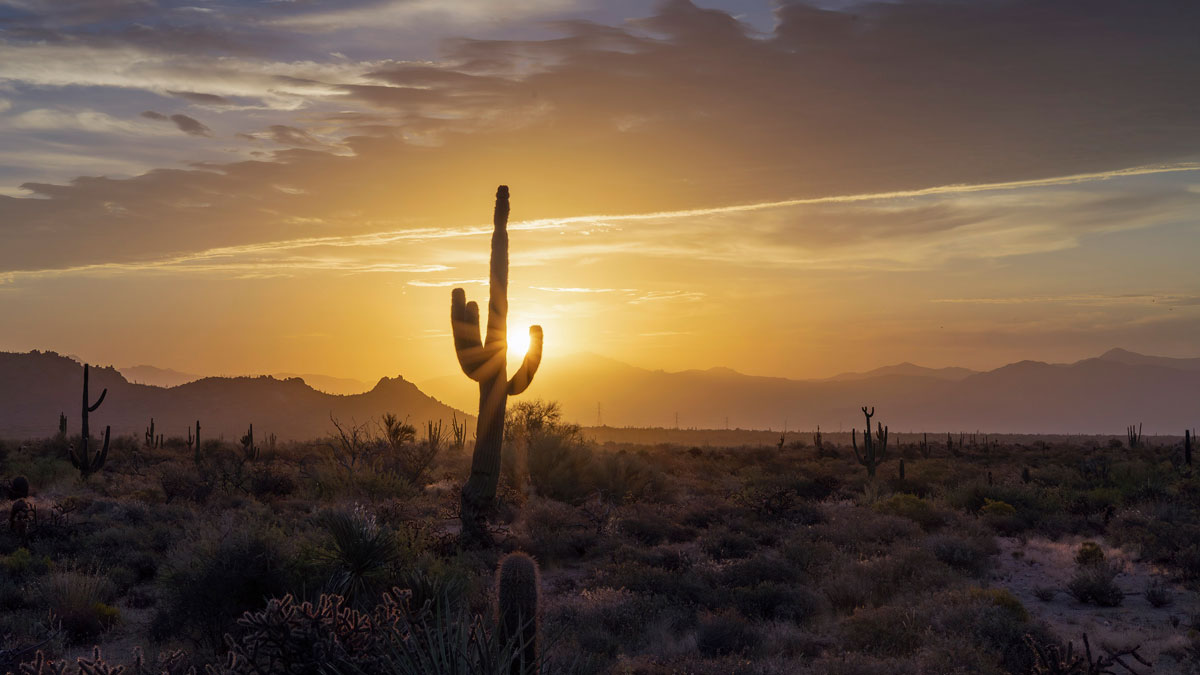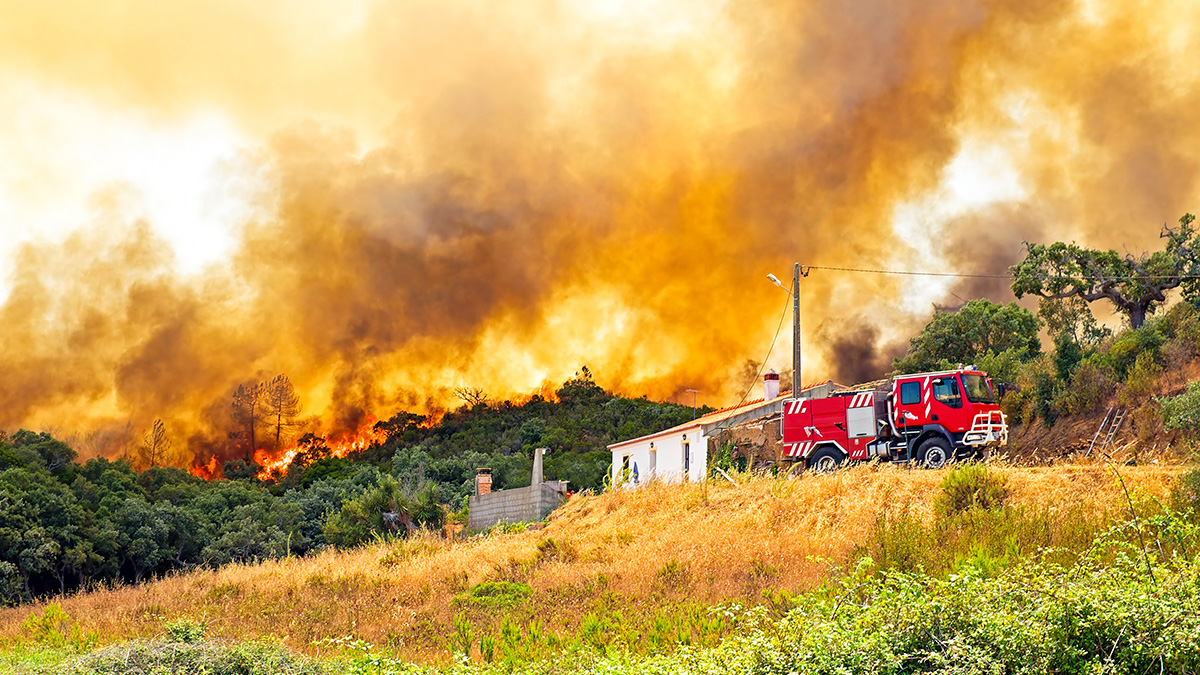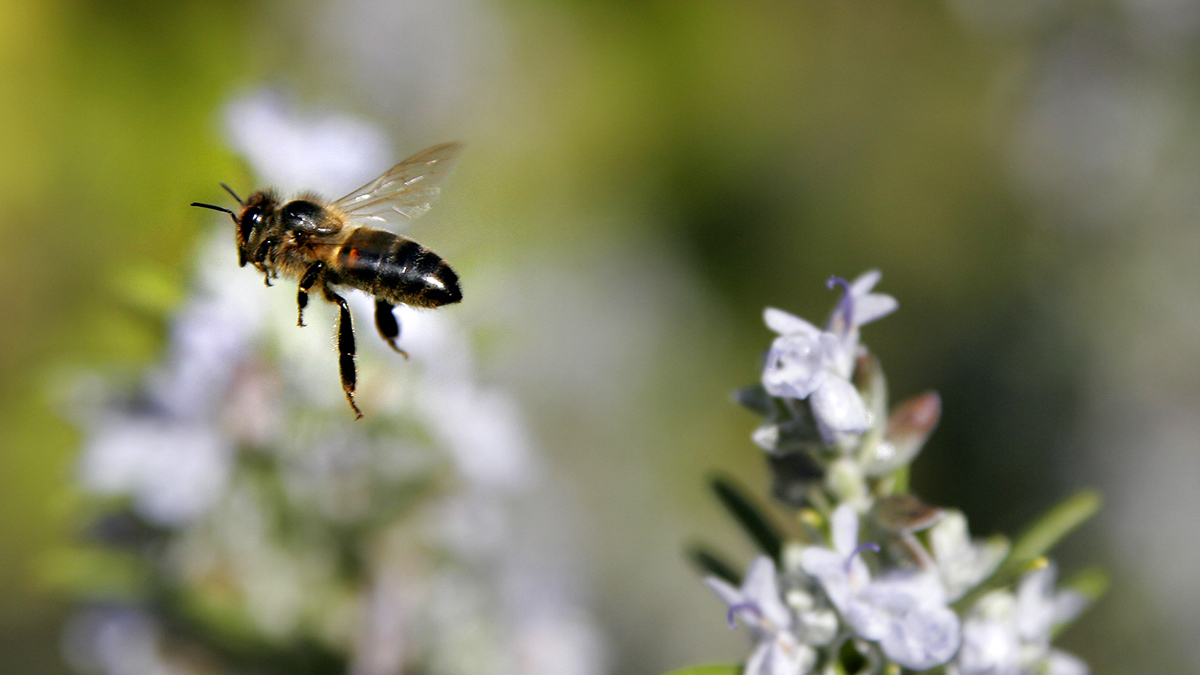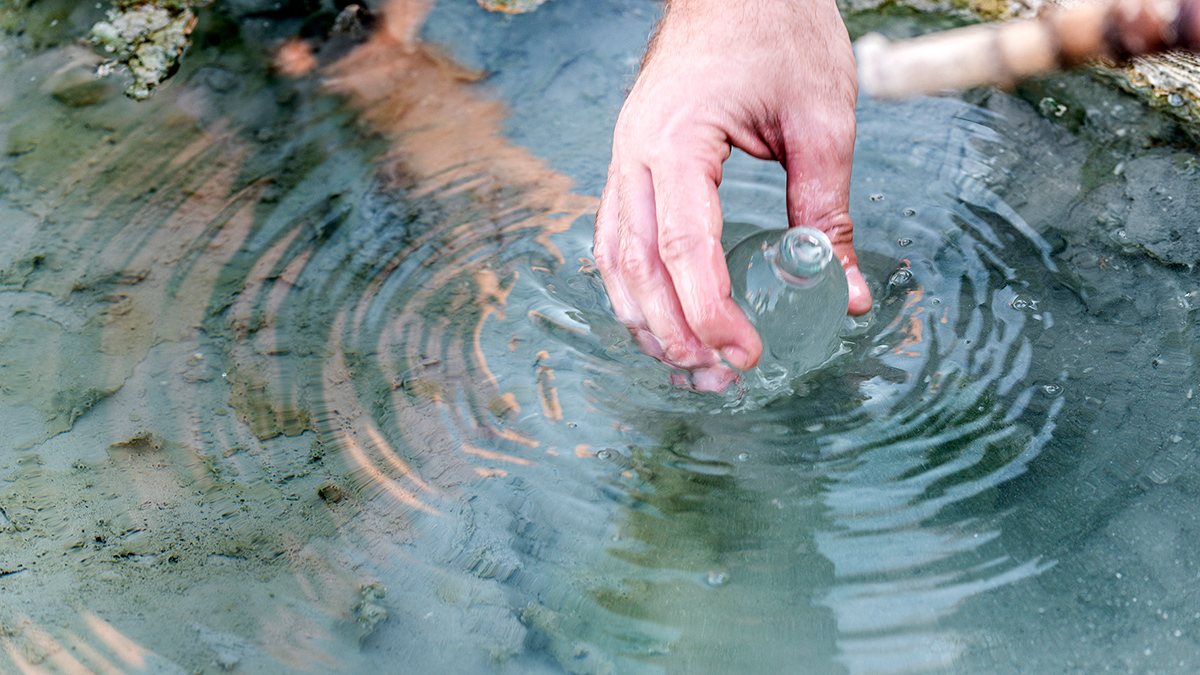Os solos férteis de terra preta foram criados através de séculos de uso da terra cuidadosamente administrado. Os cientistas estão colhendo referências desses solos para remover o carbono e melhorar o solo para a agricultura.
Health & Ecosystems
South America Is Drying Up
A new study shows that dry, warm, and flammable conditions have skyrocketed across the continent, favoring the spread of uncontrolled fire.
Helping the Most Vulnerable Stay Cool in Extreme Heat
Choosing the ideal location for air-conditioned cooling centers in cities facing dangerously high temperatures takes good population data and community engagement.
Como os Incêndios e o Clima Afetam a Saúde Pública de Portugal
Os investigadores analisaram os dados para examinar os efeitos dos incêndios florestais, dos poluentes e dos fatores meteorológicos na mortalidade e na saúde cardiovascular no país ibérico.
Air Pollution Could Make It Harder for Bees to Navigate
Fine particulate matter in the atmosphere reduces the degree of polarization of sunlight, which insects use to guide themselves home.
Lack of Water Quality Data Is a Form of Environmental Injustice
There’s a dearth of information on the health of lakes in marginalized communities.
California Wildfires and Weather Are Changing Erosion Patterns
Sediment runoff from the state’s increasingly severe wildfires and heavy rain events may affect ecosystems and water resources downstream.
Rancho Palos Verdes Landslides Have Residents Seeking Science
Residents of Rancho Palos Verdes are looking to the scientific community for help in understanding the slow-moving landslides that are destroying their community.
Simulating Arctic Carbon Emissions in a Warming World
Not all climate models include carbon from thawing permafrost, and those that do often disagree. Scientists are working to better inform models and assess how these crucial materials are simulated.
A Fuller Great Salt Lake Would Likely Narrow an Environmental Health Gap
Pacific Islander and Hispanic residents of Salt Lake City would benefit most from higher lake levels and reduced dust pollution.










